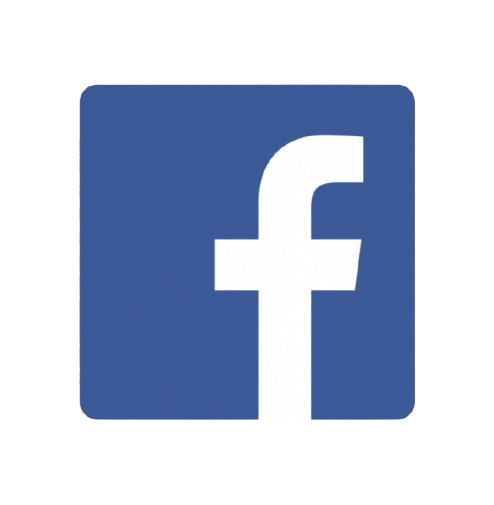Management of combat-related facial injuries
##plugins.themes.academic_pro.article.main##
Abstract
Introduction: Combat-related facial injuries involve various lesions of the mouth, the eye sockets and the facial bones. The goal of this study is to precise the particularities of these affections and their therapeutic management.
Methods: A retrospective study was performed about 56 cases of combat-related facial injuries over a period of 5 years (2010 - 2014).
Results: Our study included 56 male patients with an average age of 29 years (20-37). The trauma occurred during a real security intervention in all the cases. It was isolated in 18 cases and associated to other lesions in 38 cases. Clinical examination revealed facial edema (57%), facial cuts and lacerations (74%), broken teeth (14%), nasal deformation (26%), skin defect (16%) and periorbital ecchymosis (32%). The diagnosis retained after clinical examination and imaging exams were: fractures of the mandible (34 cases), of the eye sockets (18 cases), of the nasal bones (15 cases), parotid gland injury (5 cases) and facial arterial injuries in (24 cases). The treatment was surgical in all the cases: stabilization of fractured segments (43 cases), suture of facial and vascular lacerations (51 cases), reduction of nasal fractures (15 cases), and reposition of teeth dislocations (35 cases). The evolution was good in 34 cases. The functional sequelae noted were ophthalmic (7 cases), dental abnormal occlusions (11 cases), residual trismus (4 cases) and facial palsy in 2 cases.
Conclusion: Combat related facial injuries must be diagnosed and treated early to prevent the functional and, sometimes, life-threatening damages dues to those lesions.
Keywords:
Facial injuries, combat, surgery, sequelae##plugins.themes.academic_pro.article.details##
References
- Ogilvie MP, Pereira BM, Ryan ML, Panthaki ZJ. Emergency Department Assessment and Management of Facial Trauma From War-Related Injuries. J Craniofac Surg. 2010;21: 1002-8.
- Wang W, Duan J, Wang Q, Kuang W. Complex reconstruction of facial deformity and function after severe gunshot injury: one case report. Int J Clin Exp Med. 2015;8(1):1427-33.
- Brown Baer PR, Wenke JC, Thomas SJ, Hale RG. Investigation of Severe Craniomaxillofacial Battle Injuries Sustained by U.S. Service Members: A Case Series. Craniomaxillofac Trauma Reconstruction. 2012;5:243-52.
- Department of Defense. Emergency War Surgery. 3rd US Revision. Washington, DC: US Department of Defense, 2004.
- Fox CJ, Gillespie DL, Weber MA, Cox MW, Hawksworth JS, Cryer CM et al. Delayed evaluation of combat-related penetrating neck trauma. J Vasc Surg. 2006;44:86-93.
- Hale RG, Lew T, Wenke JC. Craniomaxillofacial Battle Injuries: Injury Patterns, Conventional Treatment Limitations and Direction of Future Research. Singapore Dent J. 2010;31(1):1-8.
- Lew TA, Walker JA, Wenke JC, Blackbourne LH, Hale RG. Characterization of Craniomaxillofacial Battle Injuries Sustained by United States Service Members in the Current Conflicts of Iraq and Afghanistan. J Oral Maxillofac Surg. 2010; 68:3-7.
- American College of Surgeons. Advanced Trauma Life Support Program for Doctors: ATLS. 8th ed. Chicago, IL: American College of Surgeons, 2008.
- Osborn TM, Bryan Bell R, Qaisi W, Long WB. Computed Tomographic Angiography as an Aid to Clinical Decision Making in the Selective Management of Penetrating Injuries to the Neck: A Reduction in the Need for Operative Exploration. J Trauma. 2008;64:1466-71.
- Go JL, Vu VN, Lee KJ, et al. Orbital trauma. Neuroimaging. Clin N Am. 2002;12:311-24
- Zee CS, Go JL. CT of head trauma. Neuroimaging Clin Am. 1998;8:525-39.
- Perry M, Moutray T. Advanced Trauma Life Support (ATLS) and facial trauma: can one size fit all? Part 4: FCan the patient see? Timely diagnosis, dilemmas and pitfalls in the multiply injured, poorly responsive/unresponsive patient. Int J Oral Maxillofac Surg. 2008;37:505-14.
- Perry M, O'Hare J, Porter G. Advanced Trauma Life Support (ATLS) and facial trauma: can one size fit all? Part 3: Hypovolemia and facial injuries in the multiply injured patient. Int J Oral Maxillofac Surg 2008;37:405-14.
- Lee JH, Jeon MS, Lee DL, Shin HK, Seul JH. Analysis of Patients with Facial Lacerations Repaired in the Emergency Room of a Provincial Hospital. Arch Plast Surg. 2015;42:34-9.
- Alhamdani F, Durham J, Greenwood M, Corbett I. Diplopia and ocular motility in orbital blow-out fractures: 10-year retrospective study. Journal of Cranio-Maxillo-Facial Surgery. 2015;xxx:1-7.
- Alinasab B, Ryott M, Stjarne P: Still no reliable consensus in management of blowout fracture. Injury. 2012;45(1): 197-202.
- Shashidhar MP, Air Thombre HK. Prosthetic rehabilitation of a serving soldier with custom made ocular prosthesis. Medical Journal Armed Forced India. 2015;71:S248-S250.
- Last RJ. Anatomy, Regional and Applied. 6th ed. New York, NY: Churchill Livingstone, 1978.
- Fox CJ, Gillespie DL, O'Donnell SD, Rasmussen TE, Goff JM, Johnson CA. Contemporary management of wartime vascular trauma. J Vasc Surg. 2005;41:638-44.
- Wangensteen OH, Wangensteen SD, Klinger CF. Wound management of Ambroise Pare and Dominique Larrey, great French military surgeons of the 16th and 19th centuries. Bull Hist Med. 1972;46:207-34.

